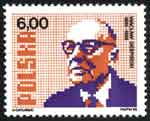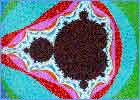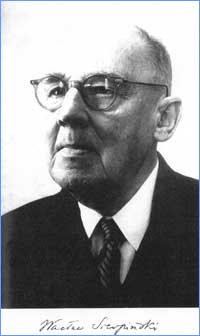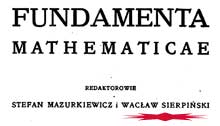| Back to . . .
NCB Deposit #2 |
 Sierpinski Triangles |
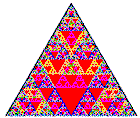 |
|
Levels |
NCB Deposit # 2
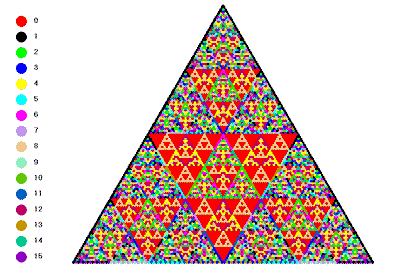
The National Curve Bank
welcomes the Sierpinski Triangle animation of
Kathleen
Shannon and Michael Bardzell
Dept. of
Mathematics and Computer Science
Salisbury
University, Salisbury, MD.

A Sample
of
recursion equations:
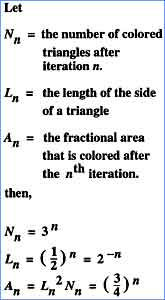
to see an enlargement.
to read more about fractals.
|
|
|
| The PascGalois Project http://faculty.salisbury.edu/~kmshanno/pascal/ Sierpinski's Triangle:
Variety of images
from Sweden: Koch's Snowflake:
|
|
|
 |
 |
Summer, 2018 JavaScript Update |

